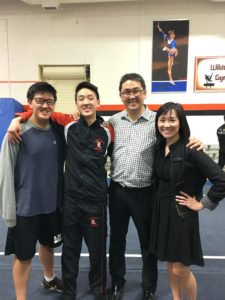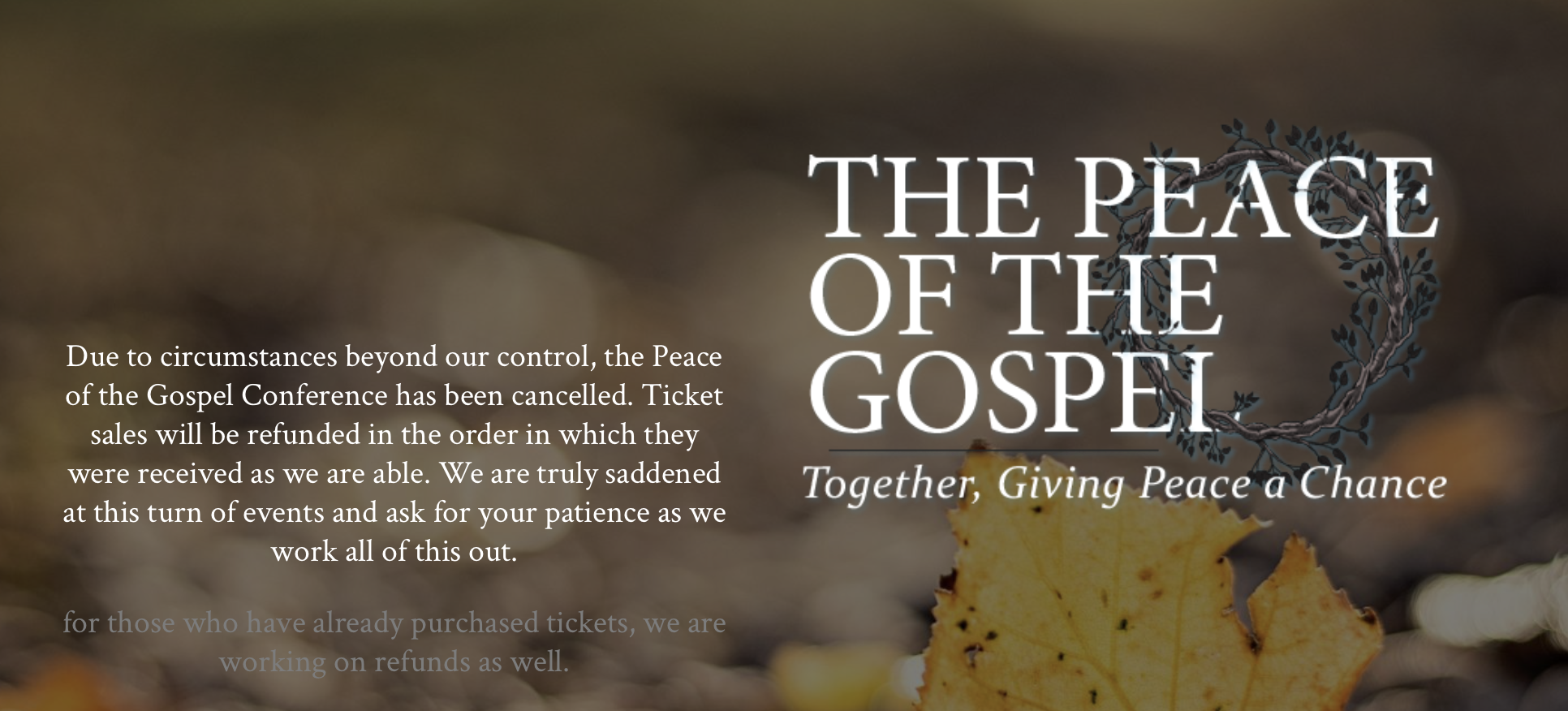I am taking a trip of a lifetime next month. My daughter called me up and asked me if I would meet her in Paris and could we tack on Iceland.
“YES!” I screamed with no hesitation. “Oh, wait. Hold on. Let me talk with Dad (my husband, her dad, not my dad).”
I’ve never been to Europe. My miles and money went to Paris a few years ago for Bethany’s study abroad, and I have all sorts of ridiculous fantasies about traveling abroad and a clean bathroom and a perfect paper planner. Her question, while it could’ve waited for a few days, felt pressing, urgent, and important. I didn’t ask my husband. I told him. I told him our young adult daughter asked me, her mother, to meet her in the City of Lights, and I told him I wanted to go.
So we said yes.
But getting to yes also meant making some other decisions about how this almost empty nest stage of life would be, what needed to stay and what needed to be let go. Before deciding on this trip to Paris was one other decision to be made that had been hanging around like the last dumpling at an Asian gathering. I didn’t want to touch it. (Yes, I’m looking at you, Asian American/Canadian Lounge at Urbana18. Y’all know exactly what I am talking about.)
Before saying yes to Paris, I knew it was time to say yes to a different invitation into uncharted waters. I said yes to leaving InterVarsity. My last day will be February 15.
Milestones are a chance to shift
This month my staff career with InterVarsity Christian Fellowship/USA turned 21 years old, barely legal and ready for new things. I sent out the following words in an email to a few colleagues after I had given official notice:
There has been a cost that I no longer want to carry, do not feel called to bear, or have the influence to change – a funding system that was designed for white men in a completely different cultural context, the human sexuality rollout that left our LGBTQ staff vulnerable and inconsistently asked for belief and behavior, and an affirmation of women in leadership that falls short of calling the Church to do the same.
As I’ve wrestled with those concerns I’ve also sensed that it’s simply time to leave and explore options to write and lead in another context. I do not have another job lined up except for the two yoga classes I teach on Thursdays. I am asking God what the invitation is for this next stage of leadership and life with the privilege of stepping away from IVCF without a plan.
I tell people I am a product of InterVarsity’s training and development – my deep love for scripture and manuscript Bible study, a commitment to mentoring and discipling, integrating my values into action. IVCF has been one of the few spaces in the Church that provided a Korean American married mother an opportunity to learn and be mentored by the likes of Jeanette Yep, Lisa Espinelli Chin, and Paul Tokunaga. I can only hope I will have left staff with a fraction of their wisdom.
I don’t know
That’s still my answer to the question, “So, what’s next?” I do not have a job lined up. I have not talked with an agent or a head hunter. I’m looking for a new spiritual director, preferably a WOC. I’m looking at the first three months as a sabbatical and, in some ways, a detox and untangling of my identity from an organization I’ve been a part of as a student, volunteer, and then employee for almost half of my life. I don’t know what’s next in terms of employment, but that’s OK.
For having worked most of my adult life in ministry I am finding that question funny because in it is an implicit request for certainty, and as a person of faith the older I get the less certain I am and the less certainty I require. My children are young adults. They have taught me that humility, failure, and uncertainty are essential and critical in parenting. My husband and I have been married for almost 26 years, and that friendship and relationship has taught me the same. We screw up on the daily, and more often than not I am not sure how we will fare the “till death do us part” part of our vows.
I don’t know what my next job will be. I know that uncertainty is a privilege and one I do not enter into or carry lightly, but I am carrying it.
Yes, I’m scared
No, I’m not totally OK with all of this uncertainty. Why do you think I am still searching for the perfect paper planner system (right now I’m loving my very basic bullet journal)?? I am a planner. I like making lists and checking off to-do items. I love setting goals. I love the friendships and community I have had the honor of being a part of on staff, and I will miss seeing colleagues who have become friends. I’m scared of losing friends and losing a sense of identity. I sat on making this decision for a LOOOOOOOOONG time, in part, because of the uncertainty and the privilege to say, “I’m quitting” without a plan to replace that income. It feels incredibly selfish, and as the daughter of immigrants all you know and are told is about the unselfish sacrifices our elders made/make for us to live better lives.
And just to drive the point home even my parents were worried about my non-plan even though for the past 21 years they haven’t been convinced that working in ministry where you are required to raise your own salary is a real job that one could really quit. How do you quit a job that isn’t a real job? See? It’s weird.
But I quit, with some financial planning because I’m not that selfish or stupid, and I’m scared. I’m scared my dreams are too old or faded. I’m scared I’ve become risk-averse and practical. I’m scared my imagination is too limited. So why did I quit? Because I’m scared of being stuck because of my fear.


